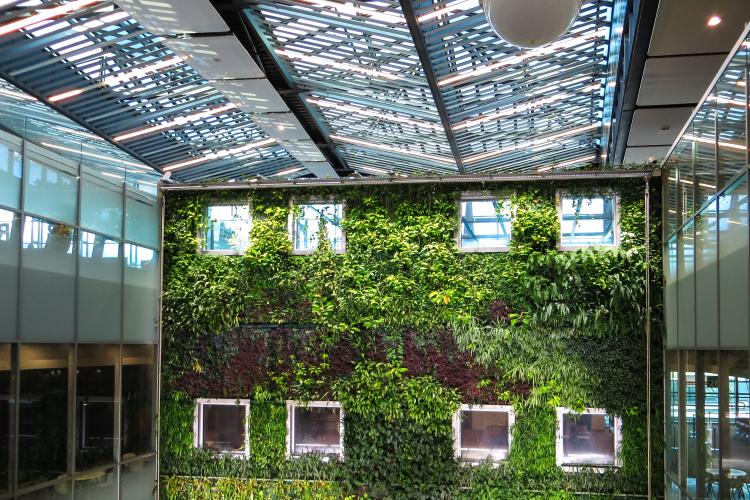
In November 2018, the DesignLights Consortium (DLC), "a non-profit organization dedicated to accelerating the widespread adoption of high-performing commercial lighting solutions", released the requirements for new lighting products to be registered on the plant-focused qualified products list (QPL). As of early May 2019, there are around 18 products listed on the QPL. As the list grows, it will serve as a helpful resource for those seeking information about plant-focused luminaires, especially growers in the indoor agriculture business like cannabis cultivators.
The Qualified Products List, Explained
The new horticultural QPL follows several lighting focused requirements lists that have been previously released by the DLC. The solid-state lighting and networked lighting controls QPLs have acted as industry guides and have evolved to keep pace with emerging technologies and evolving use cases.
As indoor and conditioned space agriculture have increased their market share, many products claiming to be plant-centric have come to market. It is important to have a formalized and recognizable metric to establish product quality. The metric facilitates trust between consumer and manufacturer like the FDA stamp does for medication or foods.
The QPL takes aim at products claiming to be plant focused and ensures they maintain certain levels of excellence in terms of both quality of light and construction. The list accomplishes this by requiring a set of evaluation and testing metrics to be met before products can be listed on the QPL. The QPL filters out unsubstantiated product claims, as well as under-performing products.
The Elephant in the Room: Cannabis Cultivation
A list that ensures plant-based quality lighting products is especially important now as indoor agriculture (mostly notably, cannabis growing) threatens large load growth. As of 2018, nearly 4 percent of Denver’s electric consumption was devoted to cannabis cultivation. More and more states are moving to legalize cannabis, and load growth is only expected to increase as a result. This is particularly true in the Midwest where several states offer medical marijuana and two (Illinois and Michigan) have legalized recreational cannabis.
>> Download MEEA's "Legalized Marijuana & Energy Use" factsheet to learn more <<
Weeding Out Fraudulent Products
Cannabis relies heavily on lighting throughout its growing cycle. In some cases, early adopters of LEDs for grow operations were burned by poor quality lights masquerading as plant centric but that were actually tuned for human use. The poor results of the early LEDs in the industry led to a mistrust of LED technology. The horticultural QPL helps restore confidence in growers considering LEDs.
Utilities interested in incentives for indoor agriculture could use the DLC qualified products list as a basis for quality for their customers. Products on the list are required to meet a quality level, therefore, the horticultural QPL may be used as a metric to ensure incentive money is used on good products.
For more information related to the DLC or the Horticultural QPL, please contact me, Nicholas Moshage, at nmoshage@mwalliance.org.